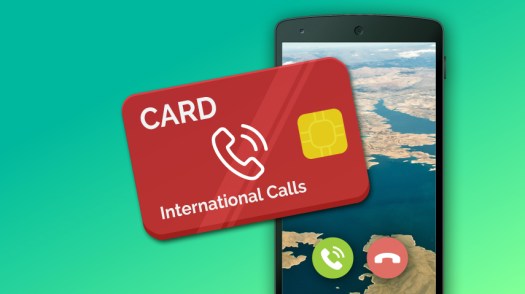The big telco companies reluctantly have been making it cheaper for their customers to make cheaper overseas calls but these are generally only to the top tier countries (US, Canada, China, Australia, New Zealand, UK) but for other countries it is still an expensive option for most.
International phone cards have been around for some time and are still widely used by consumers to fill the gap of those countries that sit outside of the top tier zones.
But the international phone card industry also has a lot of hidden pitfalls that consumers need to be aware of which we’ll cover off in this article, things like:
- Weird Hidden fees
- Vague calling rates
- Unusable minutes
Most consumers who have used phone cards have undoubtedly been ripped off in one way or another which has left a black mark on the industry as a whole.
But with the right information you’ll never make those mistakes.
In this article I’ll share with you my best tips for selecting the best phone cards, checklists that I run through whenever I use them when travelling.
Choosing An International Phone Card
Connection fees
In most cases calling cards with connection fees should be avoided, this is a way for international calling card companies to make easy money.
A connection fee is a fee that is deducted every time you make a successful call (that is someone picks up the phone OR it goes to voicemail.)
Sometimes you might get a crossline, this is when you call a number and someone who isn’t the person you intended to call answers, this can often be a person from a different country speaking a different language, guess what, you have to eat the connection fee on that one since it was a successfully connected call – of course you can call customer support and get refunded but this can be tough to do for reasons I’ll explain later.
Some companies who have connection fees do in face offer cheaper over rates, in this case it can definitely be worth it typically if you calls are longer in duration 40 minutes plus then the call may be cheaper overall.
Personally, I try to avoid international phone cards with connection fees if possible.
Avoid Unit Based Phone Cards
A unit-based phone card is when a card will use units instead of minutes which makes it incredibly difficult to place a value on that metric since you have no idea what a “unit” actually is.
Look for phone cards that use monetary and or minutes as their unit of measurement.
This makes it a lot easier for you to understand if you are getting your money’s worth or not.
Hidden fees
Hidden fees are where you will lose money, most companies actually make their money from additional fees which is why they are able to offer “super low calling rates”.
Most phone card companies use similar carrier suppliers and have razor thin margins and in order to reduce their prices to stay competitive they will look to make their money in other places.
These can be in the following areas:
Connection fees – charging you for successful call connections.
Administration fees – typically come in the form of monthly fees, to maintain the upkeep of your card.
Unused credit – most cards have an expiration date and if you’re unable to use up all of your credit then the company will take whatever is left available.
Billing increments – this is when a card will charge you in set increments or blocks for example 10c charged in 3 minute blocks equals 30c every 3 minutes which means if you call for only 1 minute then you are charged 30c.
Breakage – most cards will not let you spend all of the money on your card, for example, if your card is 30c per minute and you only have 29c on your card then you can’t make the call and the company will take the reminder once your card expires.
Buying Expired Cards
Yes, this is possible, you may in fact buy a card from a store that has been sitting around for awhile and that card may have already expired.
Before you purchase, make sure that you check the expiration date and if it’s not visible check with the retail store that you can bring it back if it is expired.
